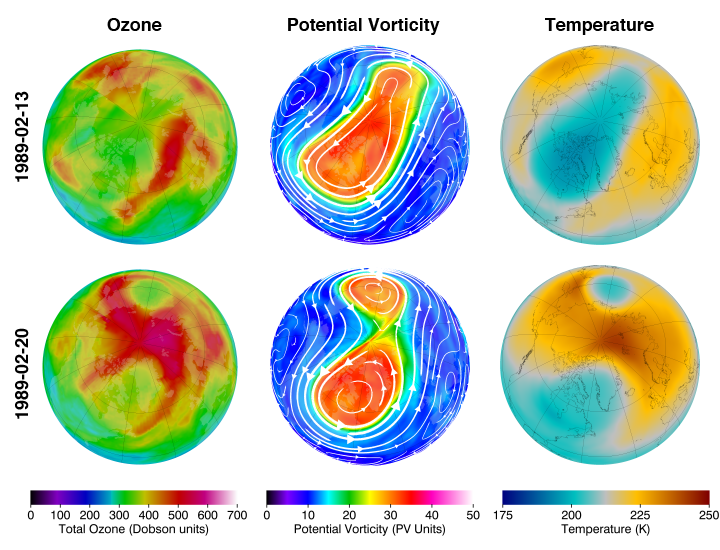Introduction
The polar vortex and its associated stratospheric warming events are becoming increasingly relevant as climate change influences global weather patterns. Understanding stratospheric warming can provide insight into unusual weather occurrences, particularly mid-latitude winter storms. Scientists and meteorologists closely monitor these events as they can significantly affect temperature fluctuations and precipitation levels across various regions.
The Polar Vortex Explained
The polar vortex is a large area of low pressure and cold air surrounding the Earth’s poles. It exists in the stratosphere, the second layer of the Earth’s atmosphere, and plays a crucial role in shaping regional and global weather. Under normal circumstances, the polar vortex remains stable, containing cold air within the polar region. However, disruptions can lead to significant changes in weather patterns, particularly when stratospheric warming occurs.
What is Stratospheric Warming?
Stratospheric warming occurs when there is a significant rise in temperatures in the stratosphere, particularly over the Arctic. This warming can weaken or even split the polar vortex, subsequently allowing cold Arctic air to plunge southward into lower latitudes. These sudden stratospheric warming events can happen quickly, leading to unpredictable changes in weather patterns, especially in winter.
Recent Events and Impacts
In early 2023, scientists observed a notable instance of stratospheric warming which contributed to extreme weather in various parts of the Northern Hemisphere. The sudden warming disrupted the polar vortex, resulting in severe cold spells and heavy snowfall across Europe and North America. According to the European Centre for Medium-Range Weather Forecasts (ECMWF), the event significantly influenced temperature anomalies and storm tracks, causing widespread disruptions.
The Significance for Forecasting
The increasing frequency and intensity of polar vortex disruptions highlight the importance of improving forecasting abilities. Meteorologists aim to refine models that can predict these events more accurately to prepare for their potential impacts on local weather. With ongoing research, meteorologists hope to determine not only the immediate weather consequences but also the long-term climatic effects of such phenomena.
Conclusion
Polar vortex stratospheric warming is a critical but complex factor influencing weather patterns worldwide. As climate change continues to alter atmospheric dynamics, understanding and anticipating these events will be crucial for effective weather prediction and climate preparedness. Future advancements in meteorological science will hopefully lead to improved insights and better preparedness against the disruptive effects of stratospheric warming.
